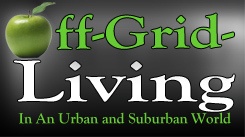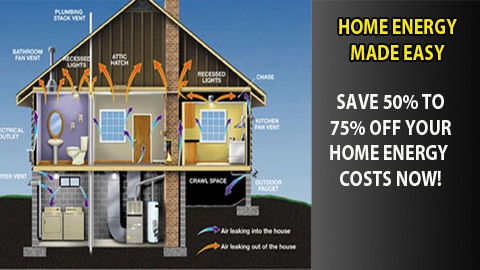Click Video to Watch
Off Grid Power-Wasted Energy
The most important thing you need to take away from this is…
70% to 90% of eliminating your utility and energy usage lies in ENERGY CONSERVATION.

Off Grid Power Systems: How Much Energy Are You Wasting?
How would you like to get an immediate 10% - 25% off your utility bill? You can get that and more, but it depends on you.
You can do it simply by becoming smarter about your off grid energy usage.
I look at it this way. The utilities are, for all intents and purposes, a tax on living. If you look at your utility bill, a lot of the charges ARE taxes.
The same as my income taxes, I’m under no obligation to pay the maximum amount of tax. “Tax Avoidance” is a well-established case law. I can’t evade taxes, but it is legal and smart to educate myself and avoid as many taxes as possible.
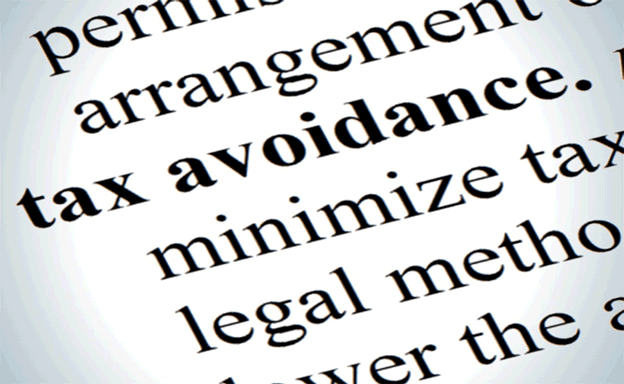
Likewise I’m under no obligation to pay the maximum amount of utilities either. There’s also a lot of hidden charges worked into your bill boosting it even higher, “phantom loads”, for instance. But we’ll talk about methods of eliminating those later.
Anyhoo, don’t be a smuck and pay the maximum is all I’m trying to say.
So for the typical family your urban/suburban off grid power usage is:
- 45% of your energy usage goes to heating/cooling
- 11% Water heater
- Washer/Dryer: 10%
- Cooking: 15%
- Lighting: 7%.
So it stands to reason that if you can put a dent in the biggest power users, you're going to save money.
In the .pdf handout there’s also is a calculator you can use to immediately estimate what simple changes you can make and what it will save you. energy savings calculator
First of all, everyone’s energy needs are different. There is no one size fits all here. So the first order of business in getting your energy usage under control figuring out where you’re using the most energy and what you can comfortably do without.

Also, if you’re planning on using solar panels, or another form of alternate energy, then you’ll need this information in designing an energy system that is right for you.
So this entire journey starts with understanding how much energy you’re currently using…and where you are using it.
Why is this necessary?
· The size, and therefore, the cost of the off grid power you’re paying for, or system you’ll need in order to replace the energy.
· Understanding how your energy needs fluctuate throughout the day and over the year
· This will guide you in putting into place measures you can take NOW to reduce your energy consumption.
But first things first…
That’s why the information in this course is so valuable. Because you can “scale” it up, or down, to suit your needs. It’s flexible. Later on in the course, we’ll see about setting up the perfect size energy system for your needs. Right now, we’ll figure out what your needs are.
Some simple math you’ll need to know.
Power = Amps x Volts
or
Watts = Amps x Volts
Why is this important? Because we need to find out, at any given moment, how much electricity your home consumes on a regular basis. From there we can think of ways of lowering your consumption
We can also use this rough guide to eliminating wasteful energy usage.
What You Can Do Starting Today
What we are going to do is called a “load analysis”
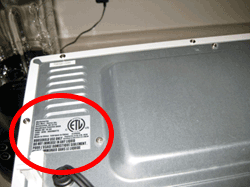
Most electrical appliances have the power rating on the back, or underside of the appliance in watts. This is good, because what we are going to do is add them all up.
So I turned over my toaster oven and this is what I see:

On the back of every appliance you’ll find the following labels, simply write down the “watts” in the form provided in the .pdf.
Conducting a load analysis involves recording the wattage and average daily use of all of the electrical devices which are plugged into your central power source, such as refrigerators, lights, televisions, and power tools.
Some loads, like your refrigerator, use electricity all the time, while others, like power tools, use electricity intermittently. Loads that use electricity intermittently are often referred to as selectable loads.
If you are willing to use your selectable loads only when you have extra power available, you may be able to install a smaller off grid power system.
To determine your total electricity consumption:
- Multiply the wattage of each appliance by the number of hours it is used each day (be sure to take seasonal variations into account).
- Some appliances do not give the wattage, so you may have to calculate the wattage by multiplying the amperes times the volts.
Here also for your convenience is some typical “loads” for many modern appliances.
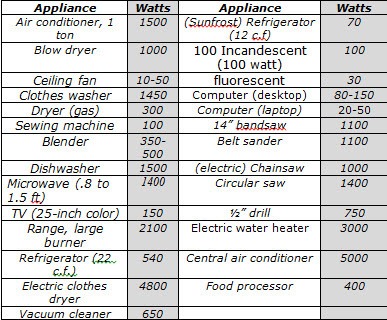
My point in showing you this is two-fold. One, so that you can get an accurate gauge of your own energy usage.
Two, so that you can clearly see where energy savings can take place without a lot of headache and hassle. Remember, the goal of this course is that you reduce your own off grid power consumption as much as possible.
Any wasteful energy appliance you can do without is energy you don’t have to pay for. It moves you one step closer to your goal.
For example, a dishwasher is nice. No Question. But is it nice enough to have to pay for an extra 1,500 watts of electricity? This doesn’t even count the electricity needed to heat the hot water, either.
Blow dryers…ditto. You’ll have to produce an extra 1000 watts to use it. Or you could just let it dry the old fashioned way. That’s 2500 watts of extra energy which could be safely reduced. (In my life anyway) Of course, your wife or daughters may feel differently about it.
The point is, in everyone’s life there are certain small lifestyle changes you can make to reduce your energy consumption without a lot of heartache. Having an “energy budget” is the first step to understanding, then reducing your energy usage.
If your family doesn’t want to give up any lifestyle changes, that’s OK too.
But it’ll come at a price. If you’re willing to pay the price in a larger utility bills, that’s great. Off grid power is about making intelligent choices.
In any event, at the end of this exercise, you’ll know where your biggest energy usage is, and what according to your own criteria and lifestyle you can safely cut out of your life without any reduction in comfort.
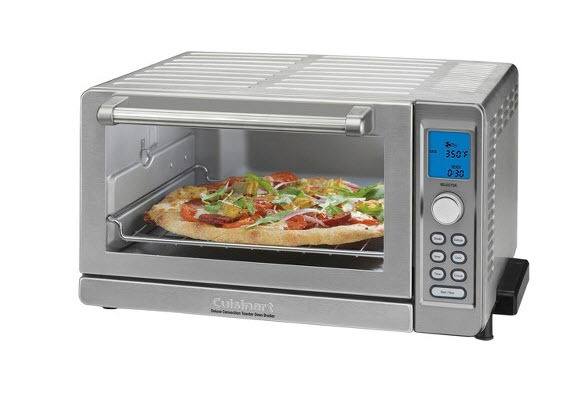
As an example, if you have a typical (American) gas or electric stove, It takes a lot of energy to warm it up. Preheating your oven alone takes 5-15 minutes.
You can substitute a toaster oven and use it in 99% of all cooking situations. It takes approx. 1 minute to preheat. We use ours so much the oven on the range is used to store pots and pans. I think we use it once a year for turkey.
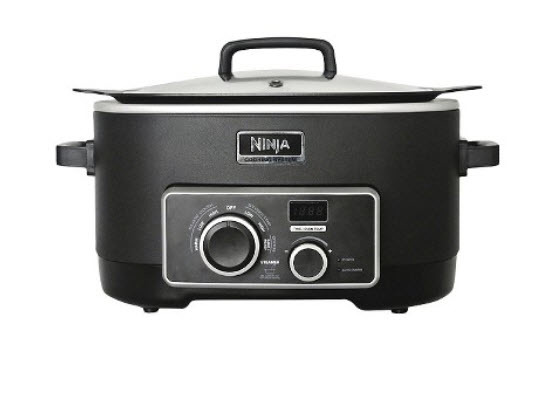
Rather than firing up your electric burners, we use a Ninja style crock pot. Extremely low energy, but again, it can be used in 90% of cooking applications. It can fry as well as slow cook. Between these 2 appliances there are very few things I can't make.
In the interest of full disclosure I did get a propane camp stove so I could cook things which required high heat. (Like steaks) But propane doesn't add to my utility bill. 🙂
Between those two appliances we can go weeks without ever using "everyday" cooking appliances, resulting in 1000's of watts in savings. (2100 watts per hour x 2 hours per day = 4,200 per day savings x 7 days = 29,400/week x 4 = 117,)600/month) Take a hard look at where your off grid power is going. Many, if not most, can be deleted and after a month, you'll never even miss them.
This one tip along can save you 10%-15% off your utility bill alone. Dry your clothes outside instead of the dryer and you've saved another 4,800 watts each time. It doesn't take that much to add up to big savings.
And we're just getting started...
Here’s a nifty online tool that can help you if You're thinking about using solar: http://www.freesunpower.com/system_sizing.php
Downloads/Resources (Click to view or right click to download)
Checklists, Cheat sheets,...
Relevant downloads,...
